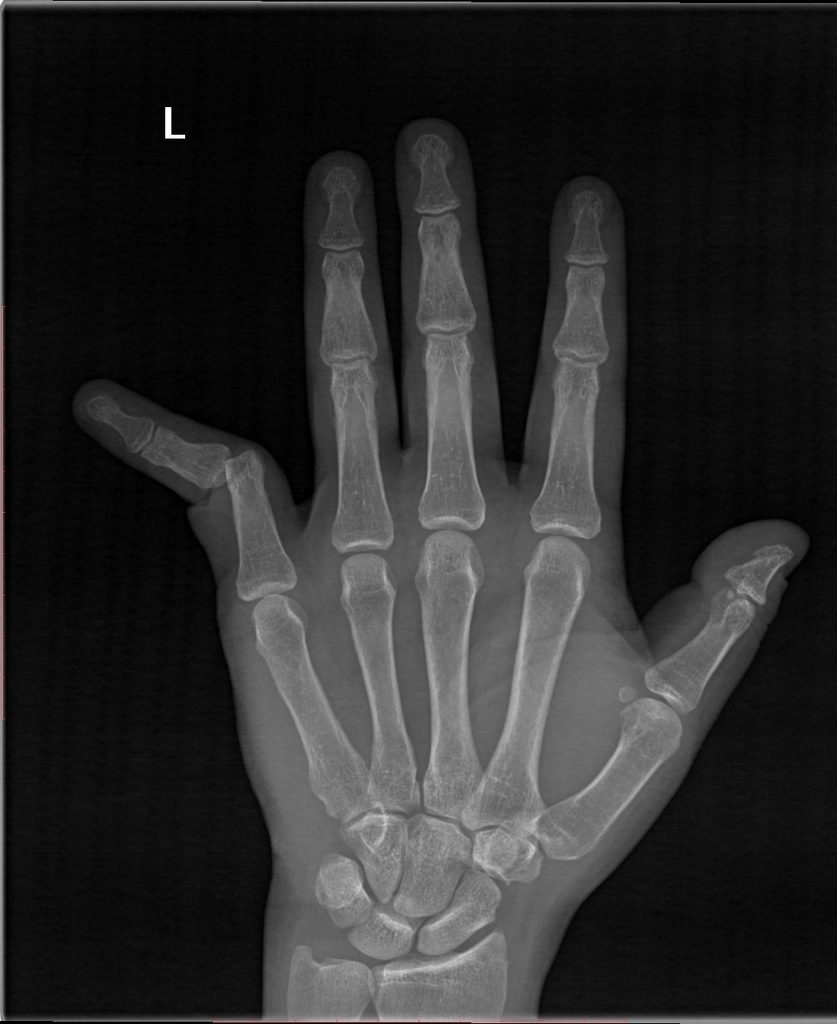
Today on Weekend Warrior we’re going to talk about finger dislocations. A common injury but one that has to be treated correctly to prevent long term damage.
First what exactly is a finger dislocation? It’s a more severe version of your finger getting “jammed.” Every finger has three joints except the thumb which has two joints (the knuckle counts as one joint). These joints allow our fingers to bend and be flexible. When a finger is dislocated, the bones are out of alignment with the joint.
The most common sports associated with finger dislocations are football, volleyball and basketball. When the ball hits an outstretched finger with significant force, it hyperextends it backward (straightens or bends it back past it’s limit), pushing the bones away from the joint.
As we said before each finger (except the thumb) is made up of 3 joints. The knuckle is the MCP joint (metacarpophalangeal joint), next working towards your fingertips is the PIP (proximal interphalangeal joints), followed by the DIP (distal interphalangeal joints). Since the thumb only has two joints, the knuckle is called the MCP and the other joint is the IP (interphalangeal joints.) The most common joint to experience dislocation is the proximal interphalangeal (PIP) joint. This is the middle joint of the finger.
How do you know if you have a dislocated finger? Look for any of the following:
So now that you know you have a dislocated finger what do you do?
Do NOT try to pop it back in. Doing this can injure important underlying structures such as blood vessels, tendons, nerves and ligaments. This damage can be PERMANENT and lead to long-term loss of mobility and joint stiffness.
Instead of playing doctor; go home, ice the finger, don’t move it and get medical help right away. A trained medical professional can make sure there is no fracture and that you do not need surgery. Many times they will do an x-ray as well.
The next step will be to have your joint “reduced.” Reduction is the medical term for repositioning the bone into its proper place. Next the doctor will either splint or buddy tape the finger (medical tape to bind your injured finger to an uninjured one next to it). This will stay on for a few days to weeks depending on the injury. If the injury is very severe, surgery will be needed to reposition the bones and repair any fractures or torn ligaments. Luckily surgery is rare.
Following this it is very important to keep the finger elevated as much as possible and to continue to move and exercise the finger to regain joint mobility and strength. Most people will recover from a dislocated finger without any permanent damage. However, your finger may be more prone to becoming dislocated again in the future, so it’s important to practice prevention.
*The views and opinions expressed herein are those of the author and do not necessarily reflect the views of MDLingo.com, its affiliates, or its employees.